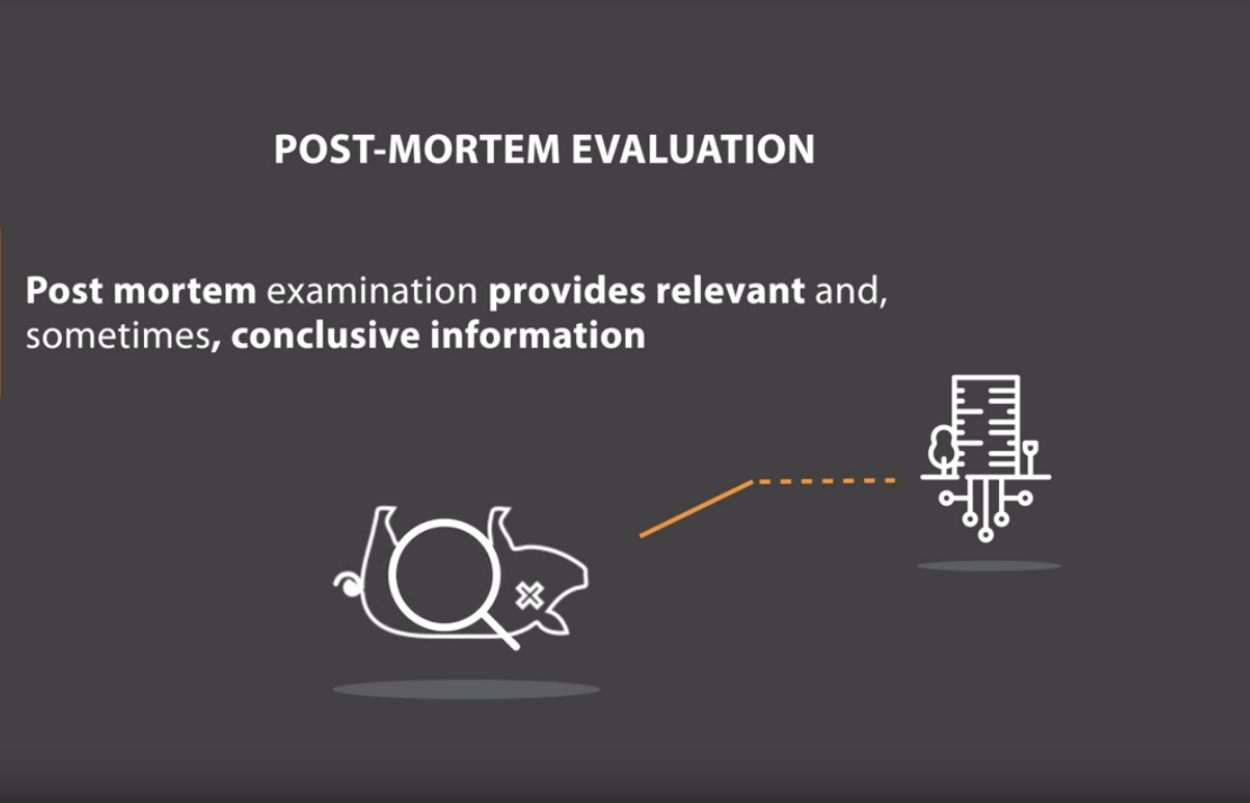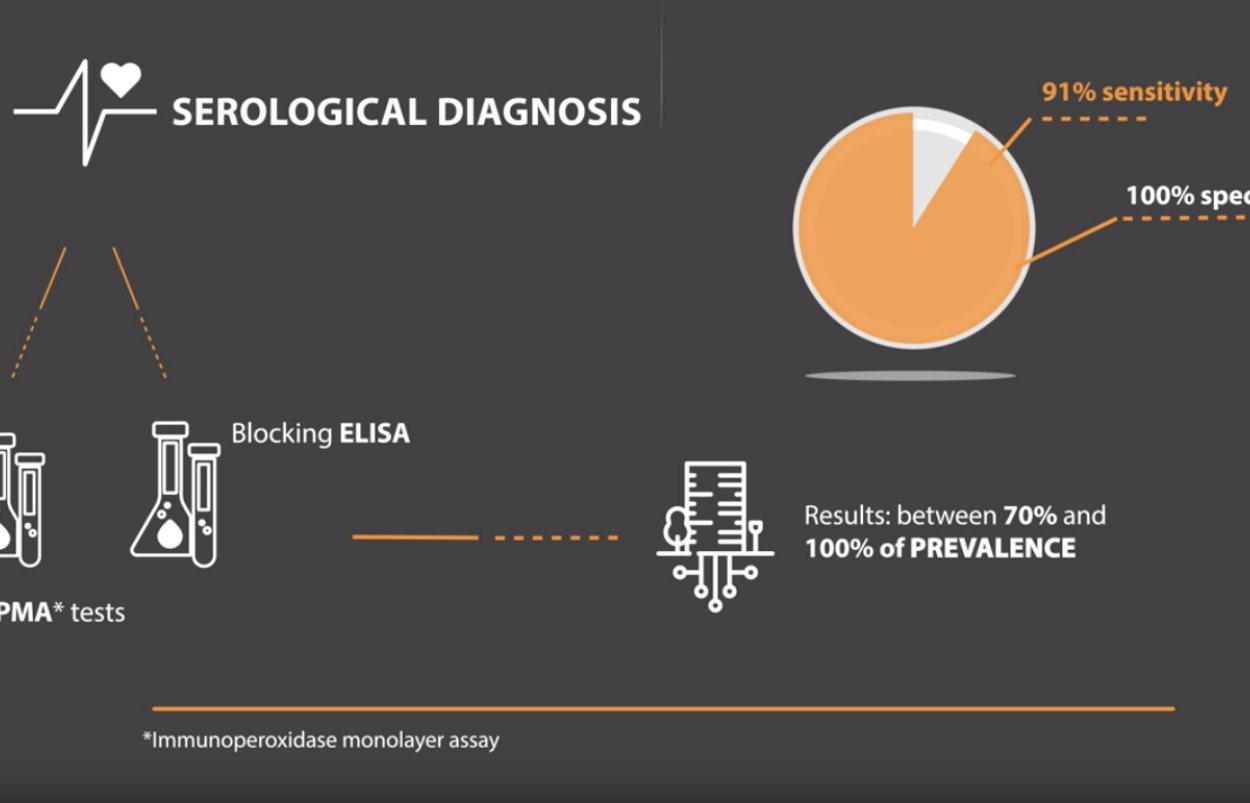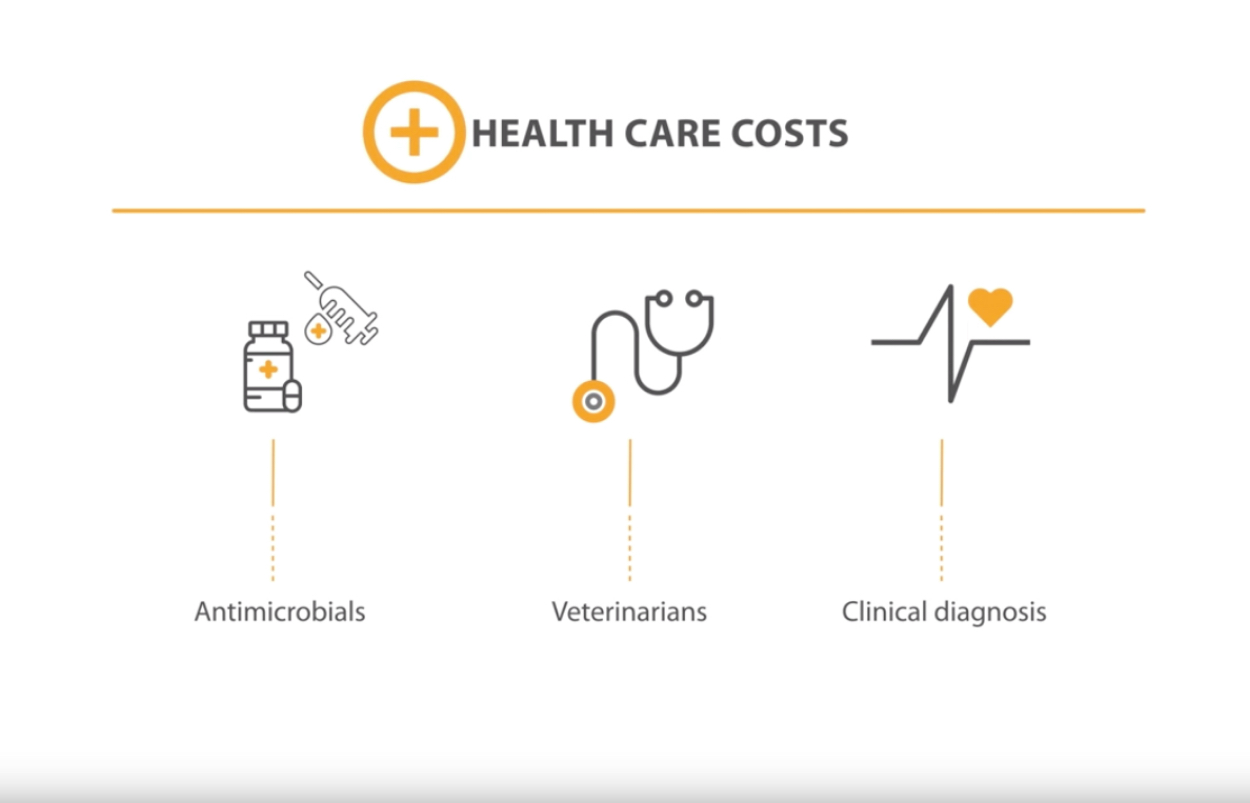
The Disease
Clinical signs and forms of ileitis
The symptoms of ileitis in pigs are diverse, and include hemorrhagic or acute, chronic and subclinical.
Learn more about all its clinical presentations.
The forms of presentation of ileitis in pigs are haemorrhagic or acute, chronic and subclinical.
ACUTE FORM
The acute form affects young adults from four to 12 months of age, usually replacement gilts or hogs close to market age. It is characterized by an acute haemorrhagic syndrome with profuse bloody diarrhoea or sudden death (McOrist & Gebhart, 2012). Black tarry faeces are often seen at the beginning of the clinical presentation, or when the animal is recovering after being affected by a mild case.

History and Etiology of ileitis

Epidemiology of ileitis

Pathogenesis of L. Intracellularis

Diagnosis of ileitis

Treatment of ileitis

Prevention of ileitis

Prevalence of ileitis

Potential impact of the reduction of antibiotics


